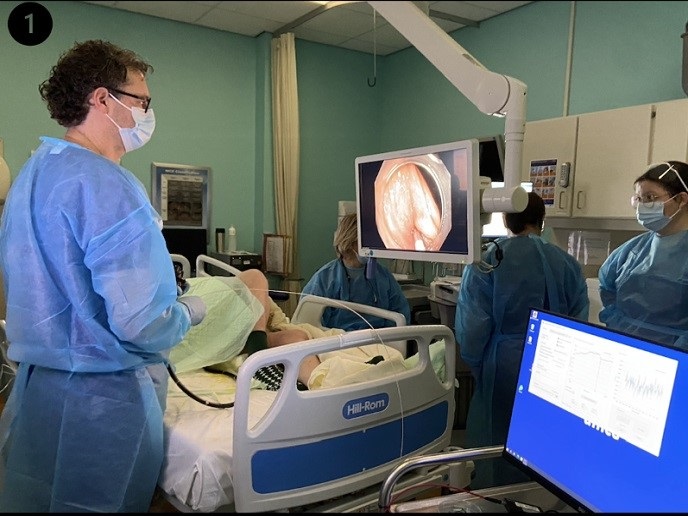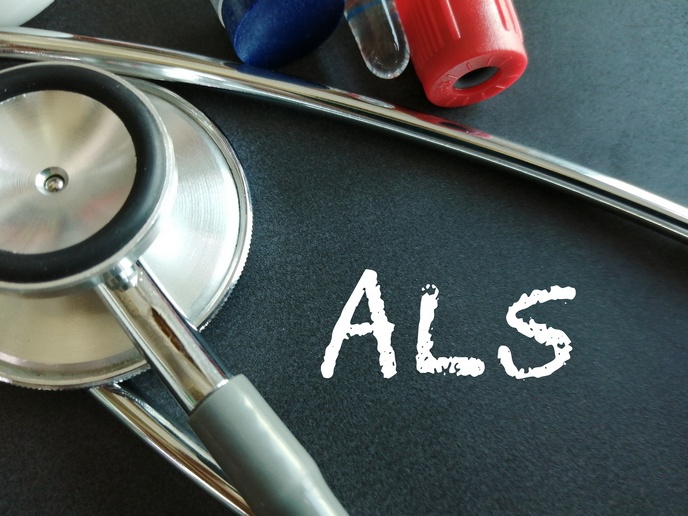New insole could reduce workplace injuries and improve productivity
Gait analysis measures the forces exerted on parts of our body when our feet come into contact with the ground. Better understanding this provides insights that could improve workplace safety, as well as help patients recover from disease and injury, while elevating athletic performance. Until recently, gait analysis has necessitated the use of expensive equipment, such as motion-capture cameras, force plates and pressure mats, in laboratory-like environments. Only recently have wearable and wireless gait analysis systems emerged. EU support for the InsoFeet project helped the project host, CyRIC(opens in new window), develop a business plan for their prototype low-cost wearable insole and machine-learning software platform for gait analysis. Laboratory analysis has verified the insole’s accuracy in detecting harmful foot motion for workers, especially people manually handling loads in warehouses, factories and construction sites. The system’s accuracy was found to be comparable to professional, more expensive, gait analysis systems, promising a revolution in safety management for the occupational health and safety (OHS) sector. A patent application is pending.
More accurate gait analysis and load management
Insofeet was set up to help prevent musculoskeletal disorders and injuries, propose load management strategies to improve safety, as well as increase workers’ movement efficiency and bodily control. The technology comprises a layered arrangement of miniature force sensors within an insole, customisable for a range of footwear. This system accurately measures actual force distribution to the feet (including the load handled by workers), as well as other gait-related elements, such as the trajectory of a worker’s centre of mass at each moment. Measurements are collected in real time by electronics embedded in both insoles which wirelessly send them for algorithmic processing. The information is then presented to users through a smartphone or smartwatch. If the gait analysis detects harmful movement patterns, the system advises workers and supervisors. “At the moment no competing technology can offer as accurate information as ours. Offering more real-time insights about a worker’s force/weight distribution, along with our alert system, assists OHS managers in preventing and reducing occupational injuries,” says Panayiotis Philimis, project coordinator and CyRIC (project host) CEO. The InsoFeet prototype was tested in multiple workplaces such as factories and warehouses. The technology was able to accurately identify simple actions like walking, running and load lifting, as well as more advanced patterns such as problematic load lifting postures and fatigue. Using the machine-learning algorithm, the prototype achieved 99 % accuracy in identifying when a worker was lifting a weight heavier than OHS standards or adopting the wrong postures. The tests fulfilled all the requirements set by the OHS managers who co-designed and participated in the studies, producing very few false alarms/alerts.
Better protection and enhanced performance
According to International Labour Organization (ILO) figures, globally 151 workers sustain a work-related accident every 15 seconds(opens in new window), with one of these resulting in death. In 2017, the cost to the EU of occupational injuries was EUR 260 billion for non-fatal cases and EUR 216 billion for fatal cases(opens in new window). “Insofeet is unique because it combines the science of biomechanics with the accuracy of professional gait analysis systems, and it is more affordable than any other existing solution,” says Philimis. The team is now seeking additional investment to advance the technology before commercialisation, including further development of the algorithms and large-scale piloting across different industries.







